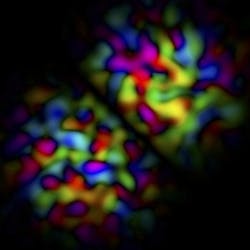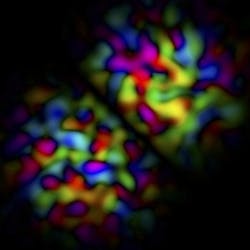$1.5M grant will help work towards overcoming optical microscopy's limitations
Related: Super-resolution microscopy tracks single molecules in 3D with nanoscale accuracy
When working with living tissues, no conventional microscope is capable of achieving a focus depth of more than a few hundred micrometers. Light scattering, which is responsible for this limitation, is the result of tissue structure and, as such, is both reproducible and reversible. For a number of years, Judkewitz's research has focused on utilizing this principle, with the aim of overcoming the limitations of optical microscopy in live tissue imaging.
"In order to focus light onto a given point within the body, one would have to ensure that it can enter the tissue from a precise location and at exactly the correct angle, thus ensuring that the beam can reach the target location in spite of scattering," Judkewitz explains. However, as light penetrates deeper into biological tissues, the degree of scattering increases. This makes it essential to determine the necessary correction pattern, which will make it possible to produce an image or an optical simulation of any chosen point within the light-scattering tissue.
Using a new approach within fluorescence microscopy, Judkewitz and his research team is hoping to turn high-resolution microscopy at greater tissue depths into a reality. "We are using the effects of wavefront modulation and an approach known as 'optical time reversal' to tackle light scattering," Judkewitz explains. Overcoming the depth limitations of current technologies would open up a range of possibilities for researchers engaged in the study of biological systems and the development of new diagnostic approaches. "In combination with functional imaging and electrophysiology, these advances may make it possible to study circuits and processes within the brain that have so far been inaccessible to noninvasive optical methods," he adds.
Through his close work with researchers from several different disciplines, Judkewitz is addressing the challenge of developing a new generation of imaging technology. In addition to biologists and neuroscientists, his research team includes mathematicians, physicists, and engineers.
For more information, please visit http://www.jlab.berlin.

